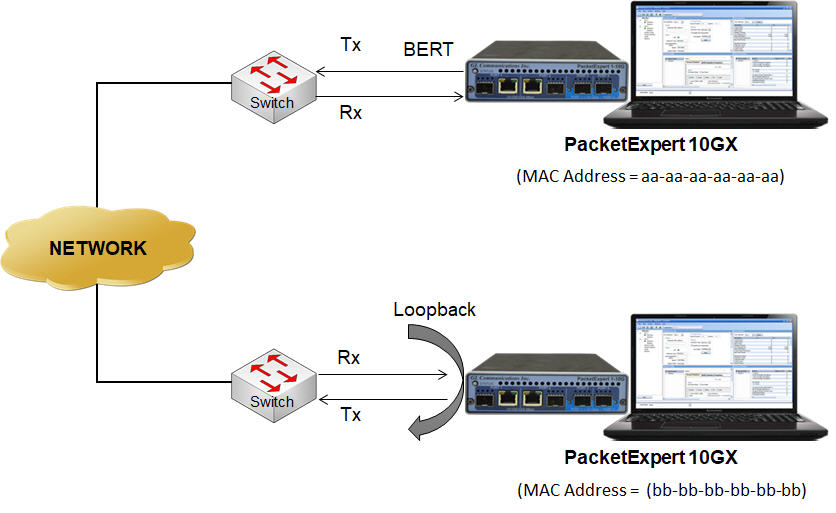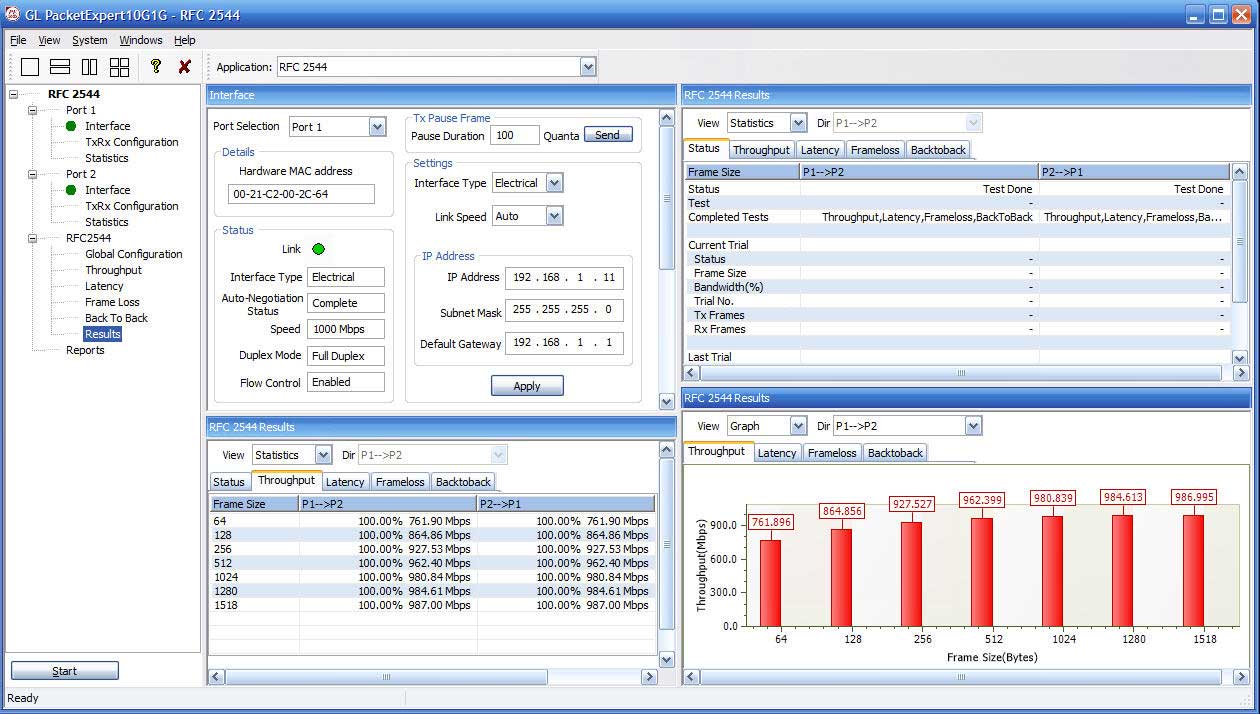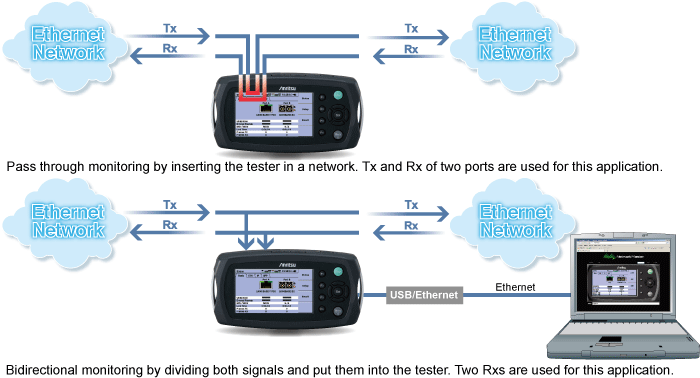


Hobbes GIGATEST Compact Gigabit Ethernet Tester 256852.Keep this tip handy - you'll be surprised how often you want to know about your computer's connection in the future. Now if you click on the Details button of the Status windows, you'll see the MAC address (aka Physical Address), the IP address of the adapter, as well as that of the router it's connected to, and other information.Īnd that's it. For a wired connection the speed will likely be either 1Gbps or a 100Mbps for a Wi-Fi connection, the speed varies a great deal.Ĥ. If an adapter is currently connected, double clicking on it will open up the Status window of that adapter, which shows the duration of the connection, the current connection speed and signal strength (for a Wi-Fi adapter only). That said, you should disable whichever is slower (likely the Wi-Fi) for better connection speed.ģ. If you have two adapters that are both connected to the same network (or the internet), remember that the computer only uses one at a given time. Connectivity indicates if the current network connection allows for access to the internet or not.(You can always Google the device name to find out detailed specs.) For a Wi-Fi adapter, this will likely show the Wi-Fi standard, be it the latest 802.11ac or a legacy standard such as 802.11n. For wired connection, if you see the word "gigabit" or "GbE" in the device name, the adapter is gigabit-capable, meaning it can deliver up to 1,000Mbps. It often also indicates the type of adapter it is. Device Name shows more than just the name of the network adapter.

When connected, it shows the name of the current network. Right-clicking on one will give you the option to disable or enable it.

In this tip, though, we focus on the Ethernet and Wi-Fi.Ģ. For most computers, you'll likely see two items, one for the wired adapter, often named Ethernet or Local Area Connection, and the other for Wi-Fi.


 0 kommentar(er)
0 kommentar(er)
